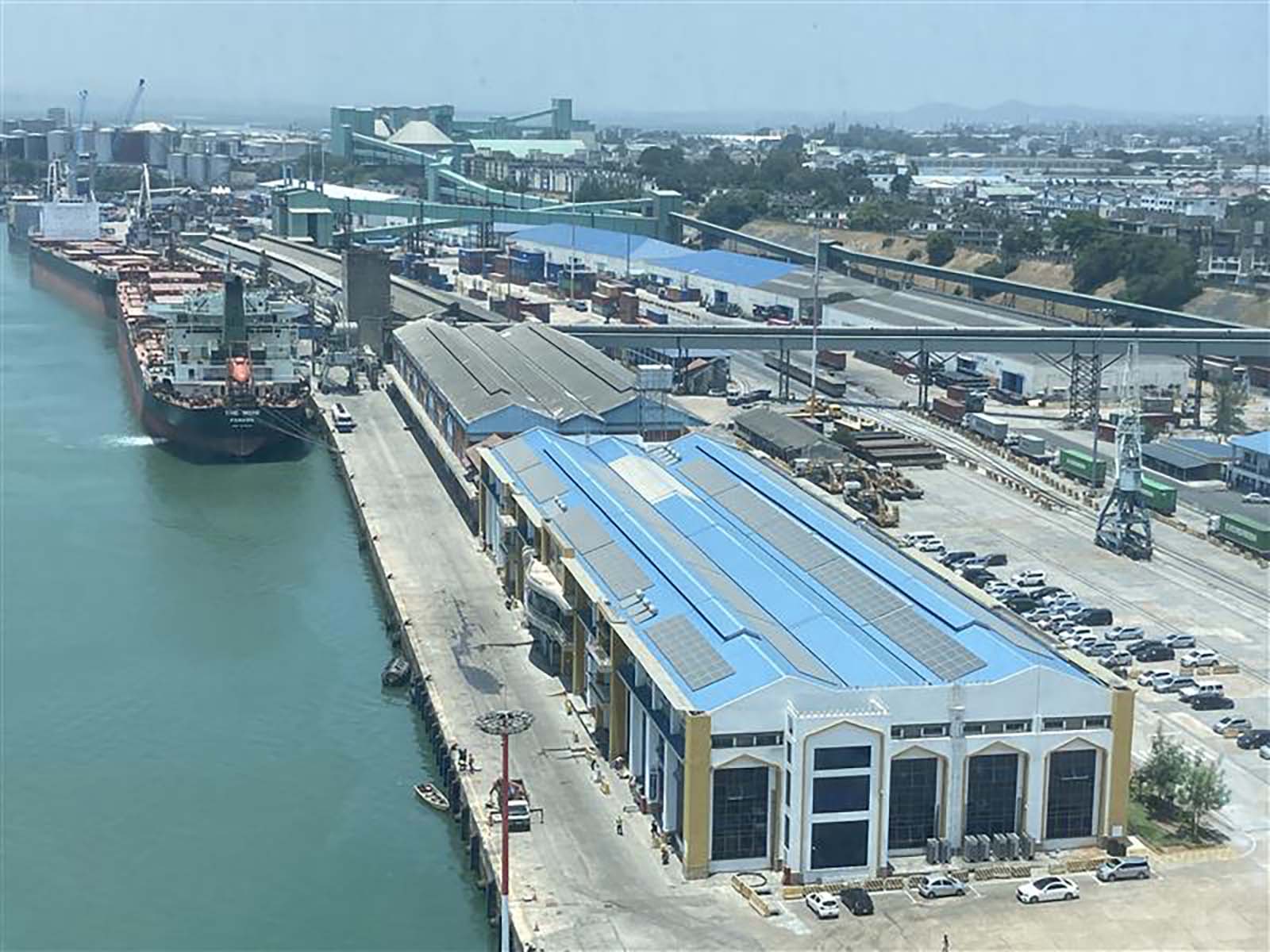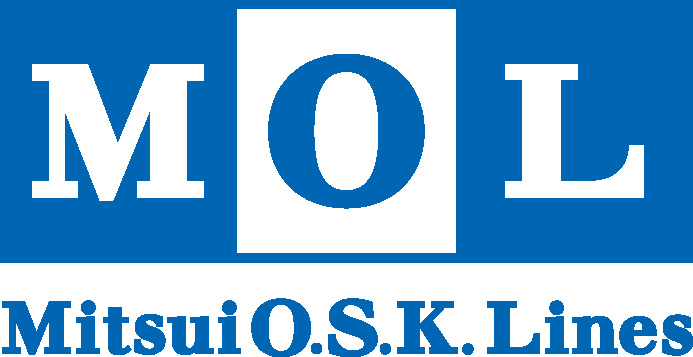Mombasa Port in Kenya, located on the Indian Ocean, is a key port city in East Africa and a vital hub for the region’s logistics and trade. Several landlocked countries—including Uganda, Rwanda, South Sudan, Burundi, and the Democratic Republic of Congo (DRC)—rely on this port for imports and exports, making Mombasa a cornerstone of East Africa’s economy. According to 2024 statistics from the Kenya Ports Authority (KPA), cargo throughput reached approximately 41 million tons and 2 million TEUs (twenty-foot equivalent units), marking year-on-year increases of about 15% and 23%, respectively.

This container volume is nearly equivalent to that of Osaka Port, Japan’s fifth-largest port (approx. 2.01 million TEUs), underscoring Mombasa’s dominant presence in the East African region.
However, Mombasa’s significance goes beyond sheer cargo volume. What’s drawing attention now is the integrated structure of transportation, industry, and policy radiating from the port. At the heart of this is the Standard Gauge Railway (SGR), which opened in 2017. Connecting Mombasa to Nairobi and further to Naivasha, the SGR has reduced transport times from over 10 hours by truck or 12–24 hours by the older Meter Gauge Railway to around 8 hours, enabling more reliable logistics schedules (according to Kenya Railways). Issues like traffic congestion, accidents, and driver shortages are gradually being mitigated through expanded rail freight.
The Inland Container Depot (ICD) near Nairobi has become a crucial node along this railway network. This facility integrates customs clearance, storage, and redistribution, significantly altering cargo flow. While unloading at Mombasa Port remains the norm, warehouses around Nairobi and Naivasha are now established as part of the transport network, decentralizing logistics operations and complementing port functions.
According to TradeMark Africa, cargo volume through the Nairobi ICD continues to rise. Local interviews conducted in the first half of 2025 revealed that the ICD handles over 400,000 TEUs annually. This figure reflects the steady establishment of inland logistics based on rail transport and the effective connection with Mombasa Port. Since 2023, MOL Logistics Co., Ltd. – Nairobi Branch has operated a warehouse near the Nairobi ICD [Press Release].
Another key development is the Special Economic Zones (SEZs), institutionalized in 2015 to support these logistics infrastructure changes from an industrial policy perspective. The Dongo Kundu SEZ near Mombasa is being developed through a partnership between JICA (Japan International Cooperation Agency) and the Kenyan government. Infrastructure such as port access roads, electricity, water, and ICT is being built in phases. Taifa Gas, an LPG company, has begun constructing a plant, and other manufacturing and trade-related firms are expected to follow. Once completed, this SEZ will function as an integrated industrial zone for manufacturing, processing, and re-export, in tandem with the port (Kenya Investment Authority).

This synergy between infrastructure and policy is transforming the port from a mere logistics point into a value-generating regional hub. As Kenya evolves from a transit point into an economic zone for manufacturing, processing, and re-export, the points of corporate engagement are also shifting. A multi-layered logistics strategy combining the Nairobi ICD and SEZs is now essential—not just improved transport efficiency.
Recently, not only European and Asian logistics firms but also African players are eyeing opportunities around Mombasa. There are increasing cases of Ugandan companies establishing hub bases in Nairobi to forward cargo to their home country. Local and foreign companies are beginning to compete and collaborate within the same framework. The three elements—port, railway, and economic zones—are no longer isolated but interlinked, influencing investment decisions. Looking only at the port or calculating transport costs alone is insufficient. To understand Mombasa today is to understand Kenya’s regulatory and infrastructure landscape and its connectivity to broader markets.
Mombasa already holds a competitive edge as a port. With the addition of logistics networks and institutional frameworks, it is emerging as a regional logistics hub unmatched by other port cities.
Additional Note
The Dongo Kundu SEZ mentioned in this article is also part of a strategic initiative by the MOL Group. In January 2024,
Mitsui O.S.K. Lines, Ltd. and its group company MOL Logistics Co., Ltd. signed a memorandum of understanding with
Kenya’s leading medical supplies manufacturer, Revital Healthcare (EPZ) Limited, to build a logistics centre for medical
supplies and pharmaceuticals within the Mombasa SEZ. This project aims to strengthen the East African supply chain
centred on Mombasa Port and is expected to serve as a new model of industrial collaboration integrating manufacturing
and logistics.
URL: Press Release – Strategic Partnership with Revital Healthcare
